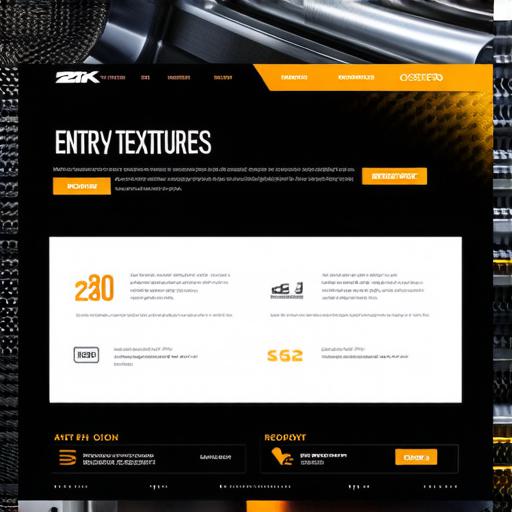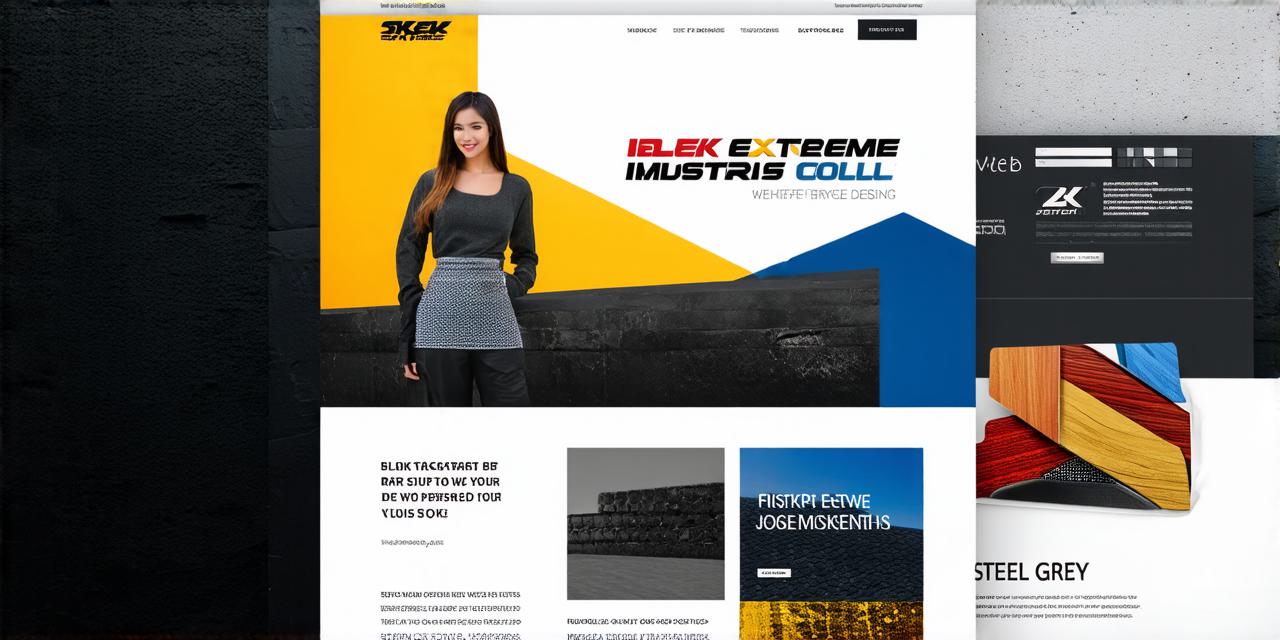Kickstart Your Web Design Career: A Comprehensive Guide for Entry-Level Designers (Expanded Version)
1. Master the Basics
Start by honing your skills in HTML, CSS, and JavaScript—the foundational languages of web design. Familiarize yourself with popular design tools like Adobe XD, Sketch, and Figma. Remember, practice makes perfect! Spend time coding, designing, and building websites to solidify your understanding of these essential tools.

2. Build a Portfolio
Your portfolio is your ticket to success. Showcase your best work, including websites you’ve designed, user interfaces, and any relevant projects that demonstrate your creativity and technical prowess. Include case studies detailing the challenges you faced, the solutions you implemented, and the results achieved. This will help potential employers understand the value you can bring to their team.
3. Gain Real-World Experience
Internships and freelance projects offer invaluable experience. Work on real-world projects, collaborate with professionals, and learn from their expertise. This hands-on experience will set you apart when applying for jobs. If you can’t find an internship or freelance work, consider building your own website or app to showcase your skills.
4. Networking: The Key to Success
Attend web design events, join online communities, and connect with other designers on platforms like LinkedIn. Building a strong network can lead to job opportunities, mentorship, and valuable insights into the industry. Don’t be afraid to reach out to professionals for advice or guidance.
5. Stay Updated
Web design is an ever-evolving field. Keep yourself updated by reading industry blogs, attending workshops, and participating in online courses. Staying ahead of the curve will make you a more attractive candidate to potential employers. Follow influential designers and web development thought leaders on social media to stay informed about the latest trends and best practices.
6. Land Your First Job
Apply for entry-level positions at web design agencies or companies. Tailor your resume and cover letter to each job application, highlighting relevant skills and experiences. Prepare for interviews by researching the company, practicing common interview questions, and understanding their design process and culture.
7. Continuous Learning
Once you’ve landed a job, don’t rest on your laurels! Continuously learn and grow, taking on new challenges and expanding your skillset. Remember, the most successful designers are lifelong learners. Seek out opportunities for professional development within your company, or pursue additional education through online courses or workshops.
FAQs:
What skills do I need to become a web designer?
HTML, CSS, JavaScript, UX/UI design principles, and familiarity with popular design tools are essential. Additionally, strong problem-solving skills, attention to detail, and the ability to collaborate effectively are crucial for success in this field.
How can I build a strong portfolio?
Showcase your best work, including websites you’ve designed, user interfaces, and any relevant projects that demonstrate your creativity and technical prowess. Include case studies detailing the challenges you faced, the solutions you implemented, and the results achieved.
Where can I find web design internships or freelance projects?
Websites like Upwork, Freelancer, and LinkedIn offer opportunities for internships and freelance work. Additionally, reach out to local agencies and companies directly, or consider building your own website or app to showcase your skills.


